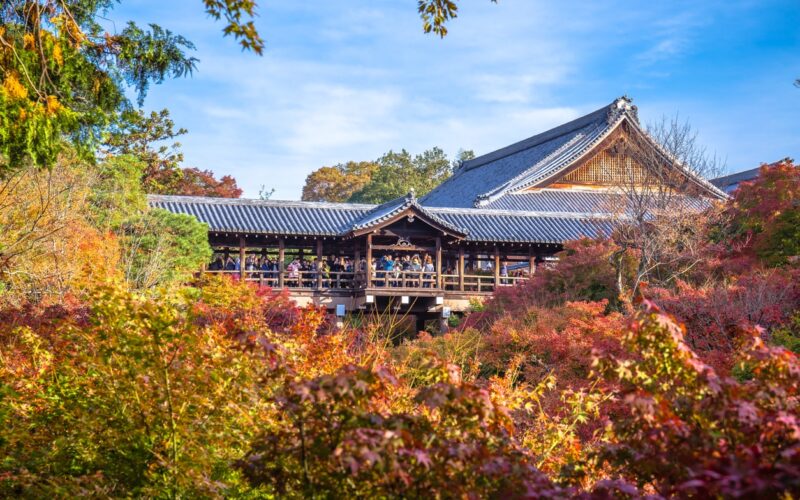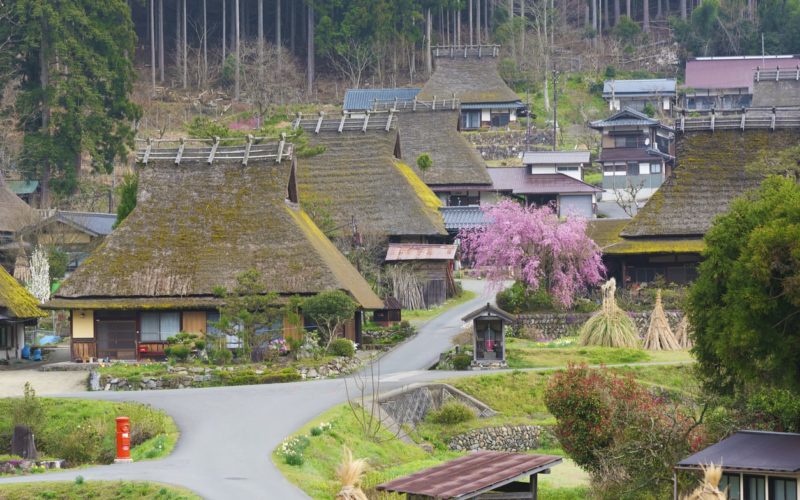Genko-an Temple
One of Kyoto’s four ‘blood temples’ emphasizing the delicate relationship between life and death.
Located a short distance from Kyoto Station, Genko-an Temple manages to fit in perfectly within its calm, residential surroundings. This quiet neighborhood, filled with families and busy people, counteracts the dark history contained within Genko-an.
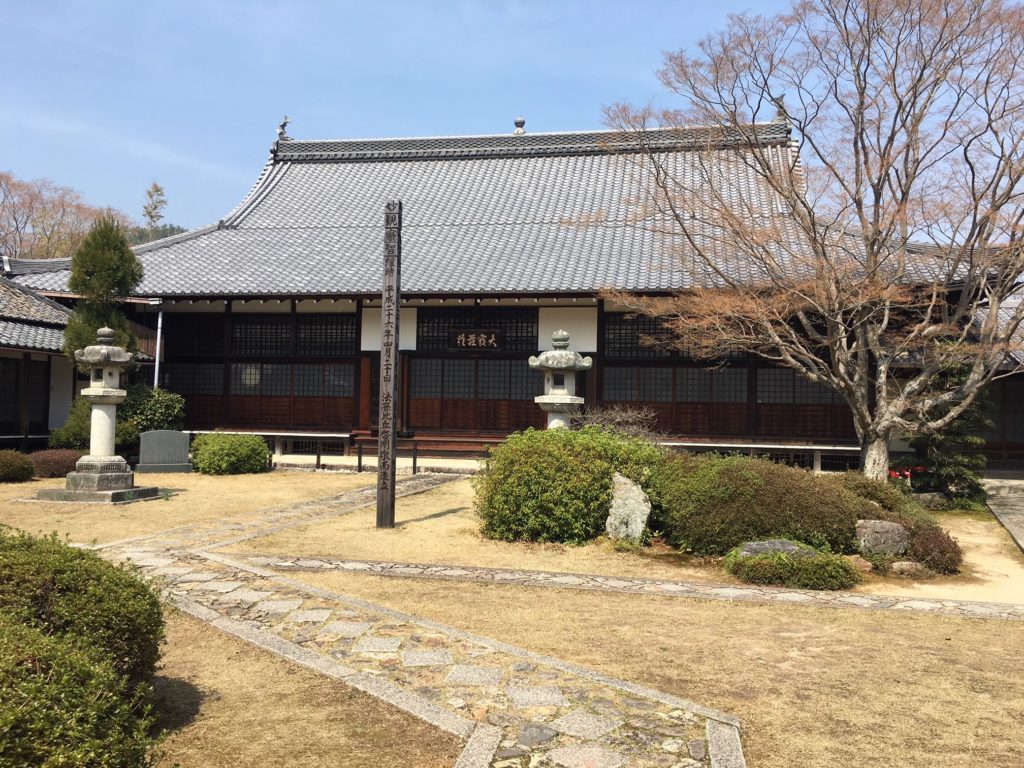
Photo by: Mimi Dietderich Outside the temple.
Genko-an is one of four chitenjo (blood ceiling) temples found in Kyoto, along with Yogen-in, Shoden-ji and Hosen-in. The name comes with a chilling history, as each temple incorporates wooden boards bearing the blood of slain samurai.
Slain samurai
The blood-stained ceiling came about in the year 1,600, after a 12-day-long battle at Fushimi Castle between Daimyo (military lord) Ishida Mitsunari and the Tokugawa Shogun (military ruler) loyalist Torii Mototada ended in tragedy.

Photo by: Mimi Dietderich Samurai blood on the ceiling.
It is said that knowing that the battle was unavoidable and defeat was inevitable, Mototada and his men still stood their ground. When defeat was imminent, rather than be captured, Mototada, his family and the remaining 370 warriors committed seppuku (ritualistic suicide of the samurai class). The floorboards, having now been stained with their blood, were preserved to be later used for temples in order for this loyal act to be honored and the spirits lost to find peace.
10 Things You Didn't Know You Could Do in Kyoto
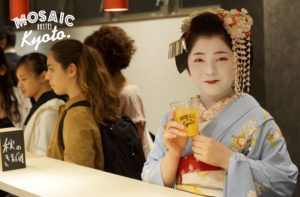
At Genko-an, the presence of the departed is not overbearing or frightening. Likewise, the serenity felt here, even in a crowd of people, is genuine. Entering the temple instantly elicits a sigh of content. Before you, you’ll witness the soft tatami flooring gently worn from visitors’ feet, open views highlighting the endless gardens accented by the gentle breeze flowing through the temple that melt away the stresses of the modern world.

Photo by: Mimi Dietderich The circular window represents the “Window of Realization” and is especially beautiful in fall.
The temple is filled with curious visitors but the only apparent sounds in the tranquil temple are those of inaudible whispers and rustling leaves. Following other visitors’ gazes, your attention is brought to the ceiling above. Although you might be uncertain at first, the markings are undeniable. Handprints, footprints and what appears to be the shape of an entire body are retained in the preserved state of the boards.
The temple is an especially beautiful sight to visit in autumn when the Japanese maple trees turn color. Genko-an has managed to create a harmonious relationship with a turbulent and violent past leaving visitors with a sense of serenity and nothing but reverence for those lost hundreds of years ago.
Trivia
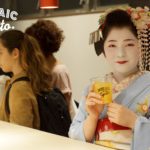
10 Things You Didn't Know You Could Do in Kyoto
Mosaic Hostel give us their insider tips for getting off the beaten track in Japan’s cultural capital. Includes castles, sewage plants and craft beer. Curious? Read on.
MoreTopics: Genko-an Temple, kyoto, Mimi Dietderich, Offbeat, temples

